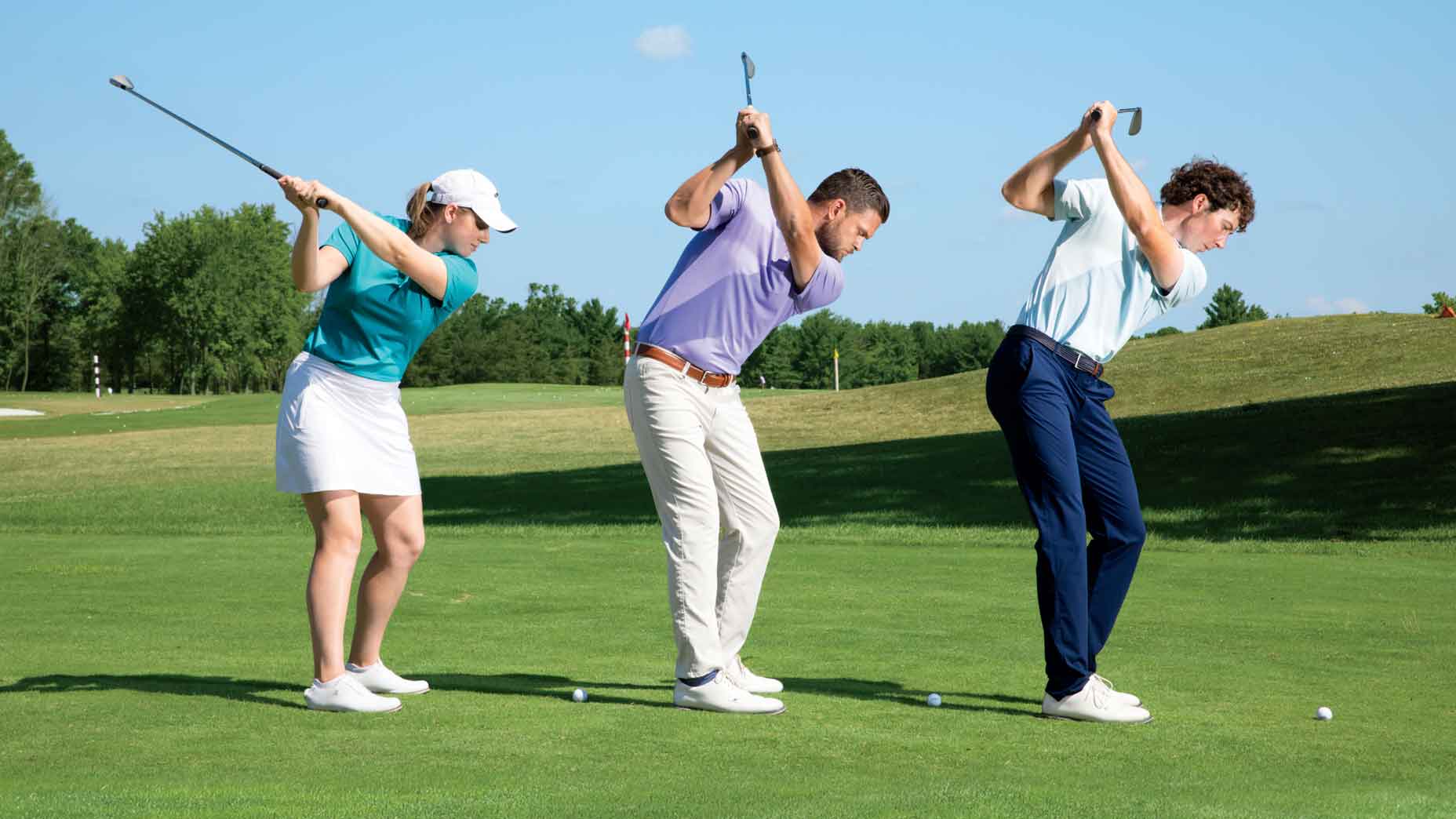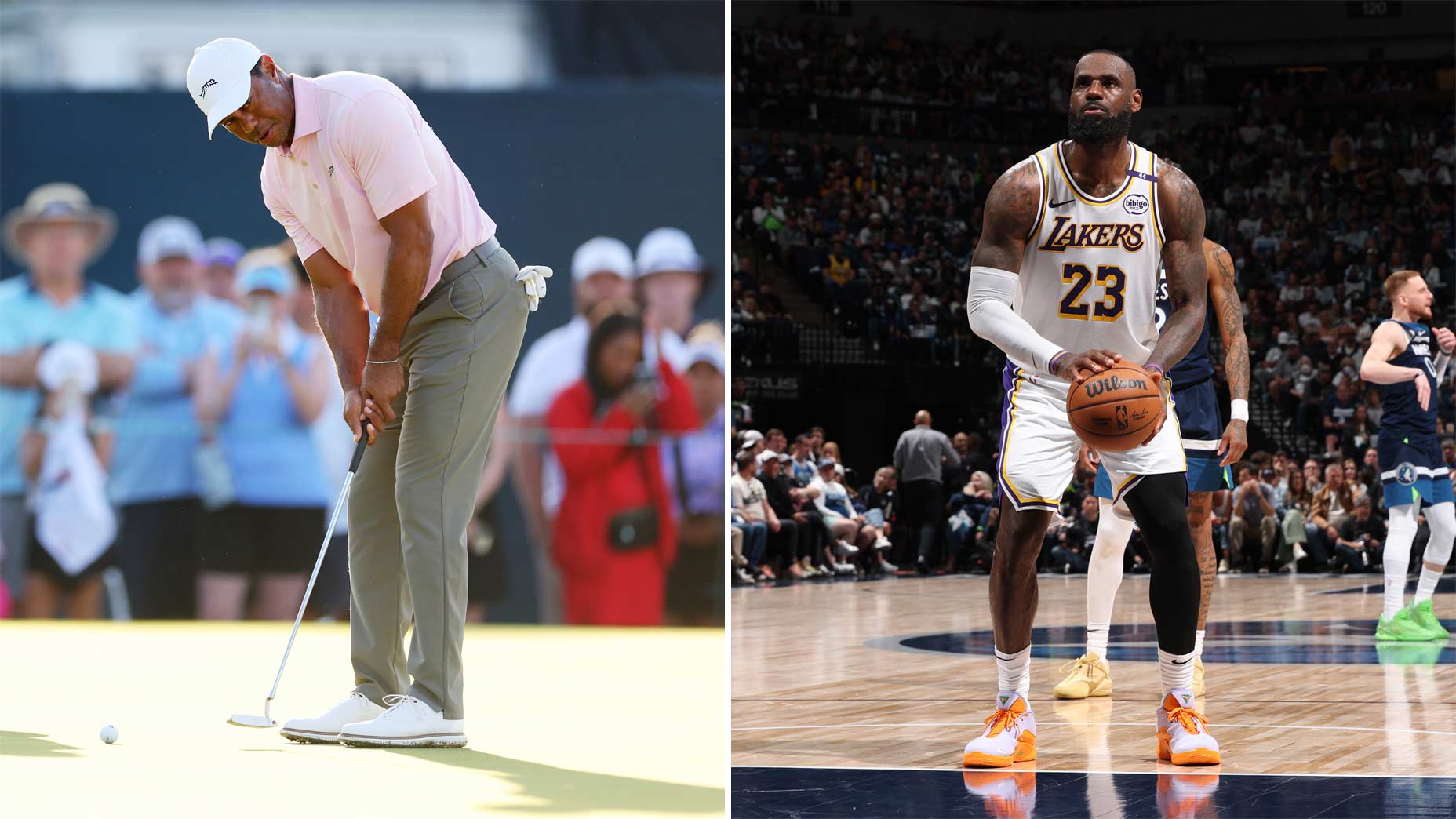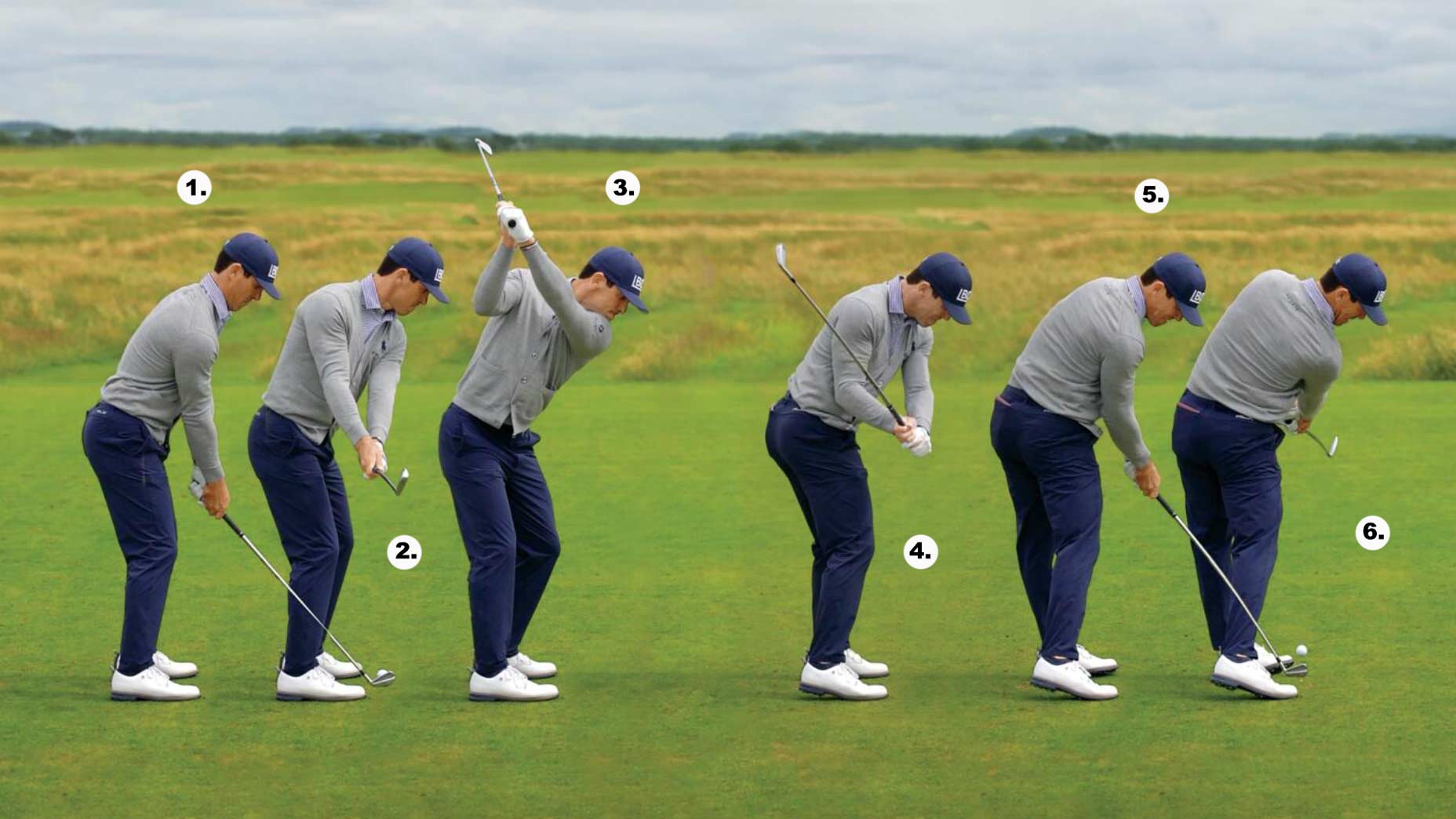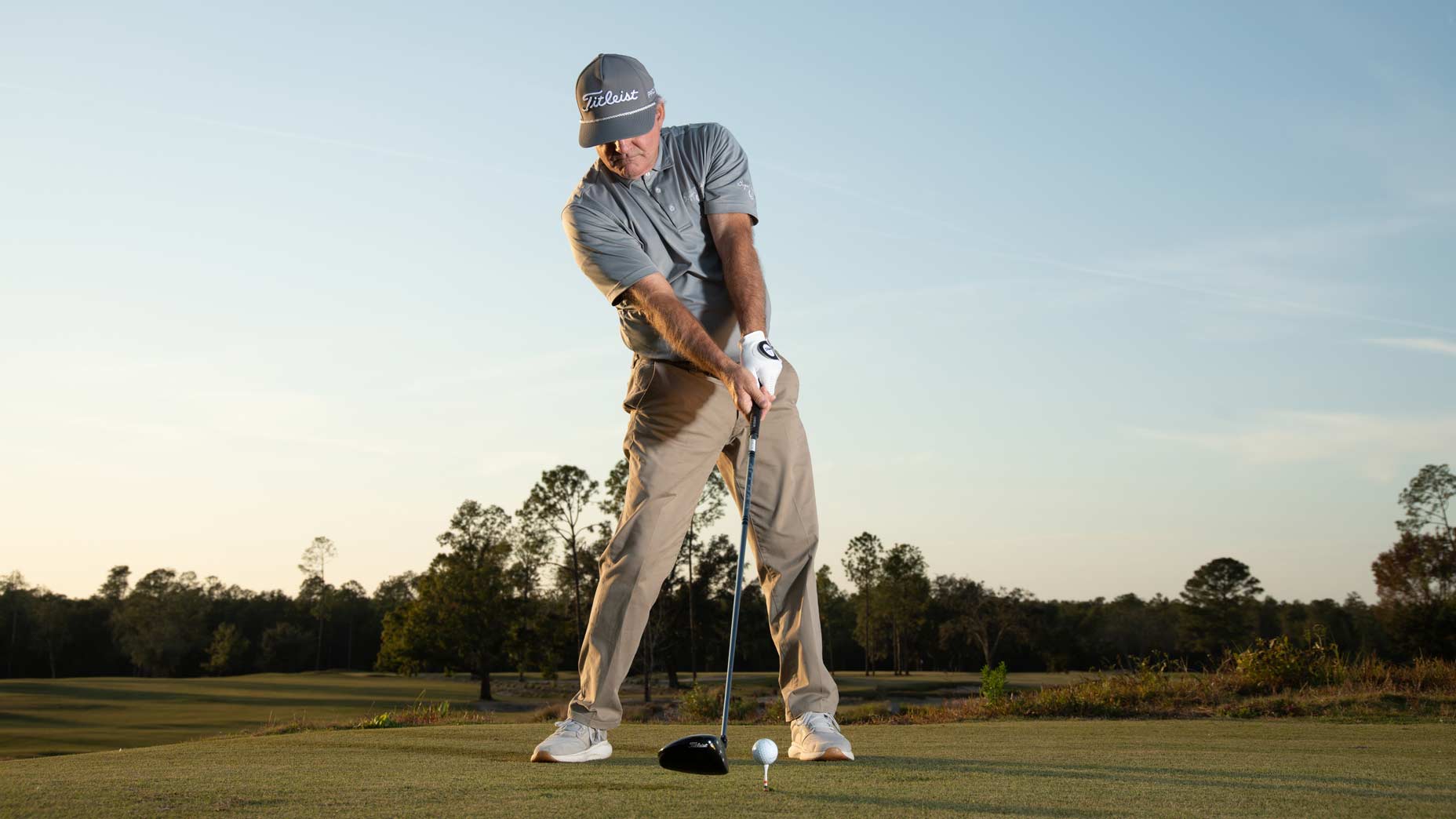There’s no such thing as a good swing or a bad swing. It’s all about finding the best one for you.
It starts with your grip — the only connection you have with the club. To better understand how your grip affects your motion, our research with renowned golf biomechanists Dr. Phil Cheetham and Dr. Sasho MacKenzie analyzed the grip and its effects on the swing using a database of 100 PGA Tour players and an advanced motion-capture system.
To measure the grip, we had to define it. The grip is not just the orientation of the hand, it is in fact the hand position AND its relationship to the face. Top players often have the face some amount closed (Luke Donald) which makes the grip effectively stronger than it looks or open (Rory McIlroy) which makes the grip weaker than what it looks.
Our work uncovered some fascinating results, firstly the hands do not match each other, the traditional terms of “strong and “weak” refers to both hands as a unit. They in fact have separate roles.
In this article we will discuss the trail hand grip – the trail hand position on the club directly affects swing plane, direction, attack angle and club face stability and consistency. Matching this up is the key to unlocking your swing. For us this is the single most important variable in golf!
Through our research and thousands of combined teaching hours we found that the trail hand grip is the biggest single influence on your success as a golfer.
Fact: There’s no universally ideal way to grip a golf club, but there is a way that works best for you.
Great players from every era have gripped the club in different ways, through trial and error they found the way that works. It’s all about finding the right grip for you based on how your trail arm naturally rotates and folds.
The first thing you need to do to nail your perfect hold is to test natural movement style in your trail arm
Get into golf posture, place your hands together, keeping your chest quiet swing your hands up to chest high allowing your trail arm to fold naturally.. Notice how your trail arm folds, and where the trail hand palm points and that reveals which grip is best for you, and how to match it with your ideal takeaway.
Some players’ trail elbow tucks in and the hand faces the sky, these players often prefer grips where their trail hand is some amount “under” the handle (rotated more to the right for a right-handed golfer). Dustin Johnson or Justin Thomas, Adam Scott are examples.
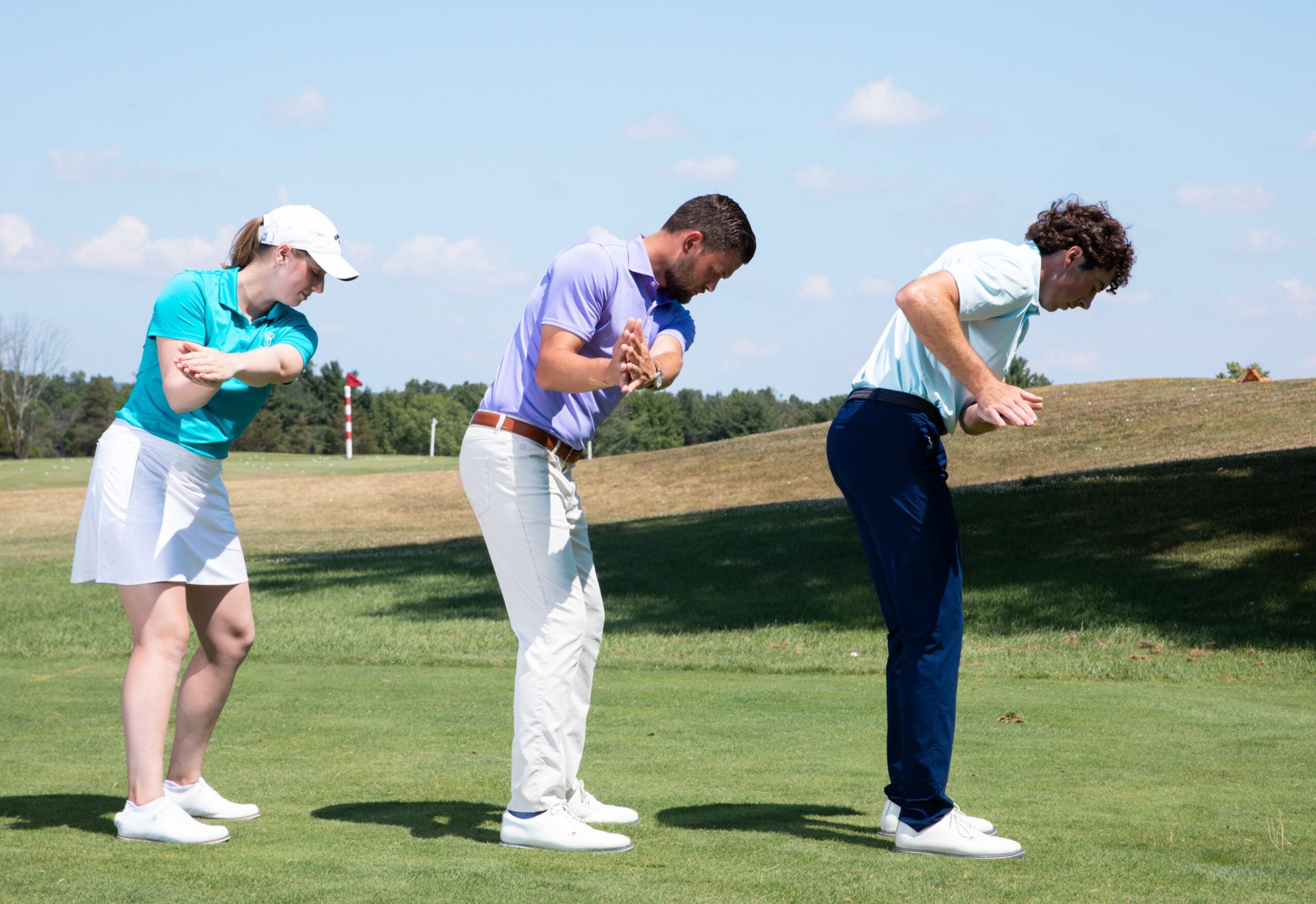
If as your arm fold the elbow folds to the shirt seam, and the hand points horizontally then you can use a side on – neutral grip. like Billy Horschel or Justin Rose, or Tiger Woods.
If your trail hand points more toward the ground in front of you (right), and your elbow folds up and back no sweat — grip the club with your trail hand more “on top” of the handle, a hold used by Rory McIlroy and famously ben hogan who used this hold to eliminate his hook.
Your trail-hand grip has the biggest effect on club delivery and ball flight through its effect on your upper body. It also controls how you hinge the club on the takeaway and overall swing direction.
“Under” golfers, like our student on the left, will swing their best when they fold their trail arm into their body on the backswing. Imagine “tucking” your elbow into your side. (As a result, the club will move more in-to-out, and your natural shot shape will be a draw.)
“Side-on” golfers will have a neutral swing direction and will tend to hit the ball straight.
“On top” golfers, like you see on the right, will tend to swing more out-to-in, more prone to a fade.
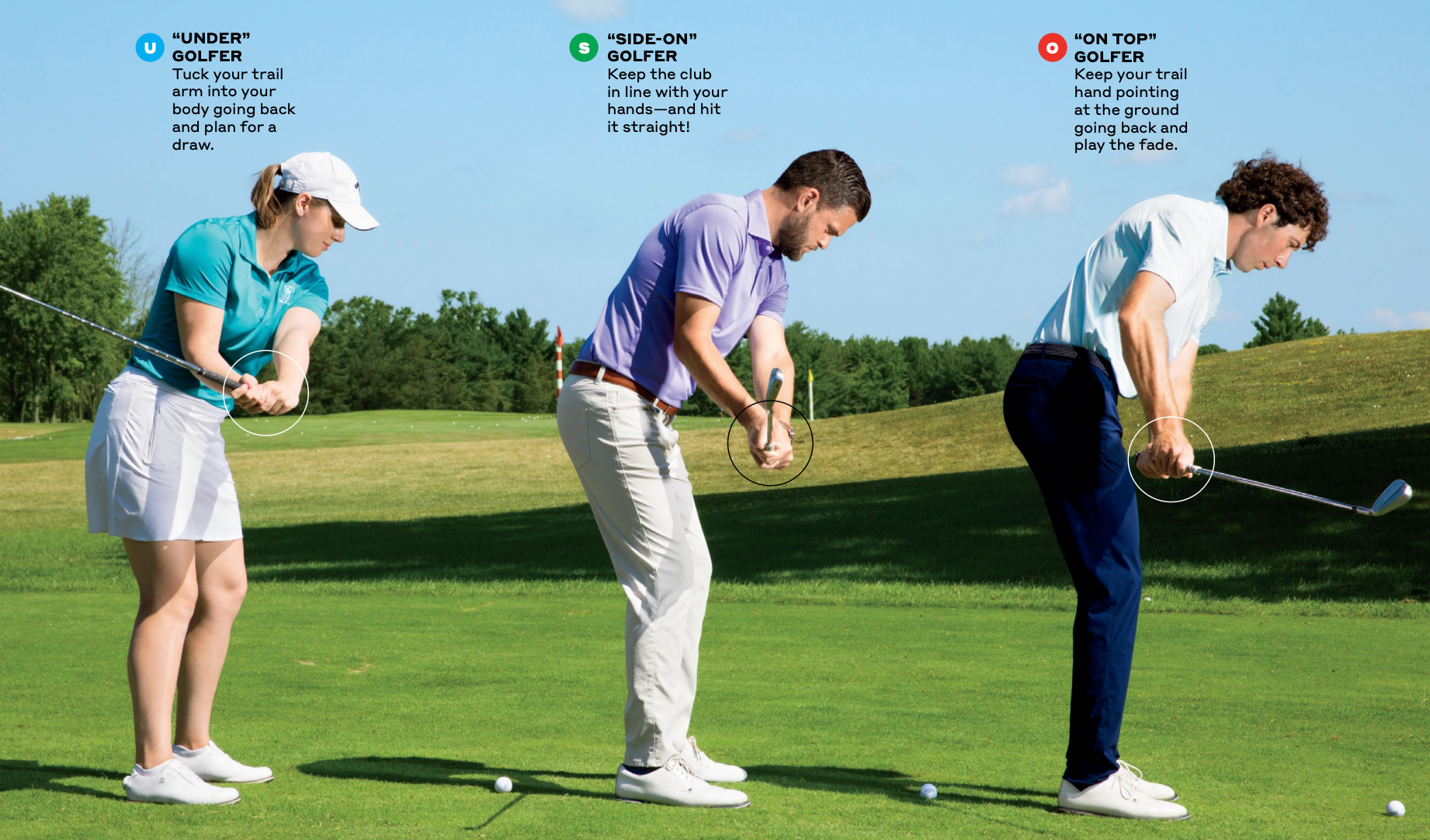
Some of these positions may look different from what you’re used to — a takeaway that’s “too inside” or “over-the-top” means nothing. Terms don’t matter. If you look at the PGA and LPGA Tours these are common versions of the swing that are not “outliers” they are simply different types of successful swings.
The path to your best golf is finding the swing that fits you, i.e., a swing that allows you to release the club fully. Once you personalize your grip, you can untangle your swing and great things will happen. If you don’t, mismatches will rule the day and the swing will feel tangled and hard work!
Mike Adams is a GOLF Hall of Fame Teacher and is the director of instruction at Fiddler’s Elbow CC, Bedminster, N.J., and the Medalist Club, Hobe Sound, Fla. Terry Rowles is a GOLF Top 100 Teacher and is the director of instruction at Hudson National GC, Croton-on-Hudson, N.Y.
